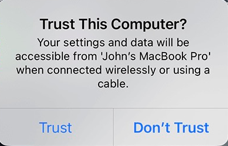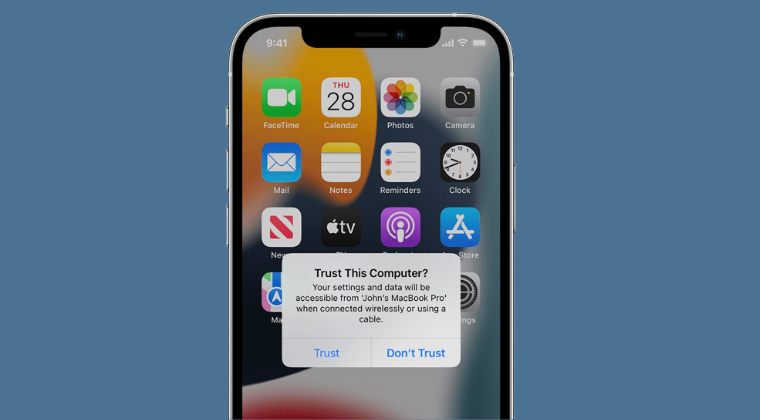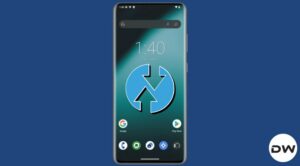In this guide, we will be discussing about the ‘Trust this computer’ prompt in iOS 16.1. When you connect your iPhone or iPad to your PC for the first time, the latter will ask you whether or not you trust this device. If you respond in the affirmative, then you will be able to create a backup, sync with your device, and access numerous contents on your device. Moroever, the next time you connect your iPhone to your PC, it will not bring up the ‘Trust this computer’ prompt again.

This is because you have already “trusted” it the first time around. Well, this is what used to be the workflow in the earlier iteration of the OS. But beginning with iOS 16.1, whenever you connect your iPhone or iPad to your PC, it will bring up a ‘Trust this computer’ prompt and you will have to trust it every time, irrespective of the fact whether you had trusted it earlier or not. So is this a bug or rather an intentional change introduced by Apple? Let’s check it out.
Table of Contents
Is Trust this computer prompt in iOS 16.1 a Bug?
There are quite a few reasons to suggest why this might be a bug in iOS 16.1. First and foremost, this re-occurring prompt only appears when dealing with an iPhone or iPad. For other tasks, such as syncing content, importing photos, and debugging with Xcode, you will only need to trust the computer the first time and then use it subsequently without the need to trust it again.
If it was an intended change in Ventura, then all the aforementioned tasks would have asked for this prompt over and over again, which isn’t the case. Moreover, even Apple’s official documentation states that “These computers remain trusted unless you change which computers you trust or erase your device.” So all this might concrete the fact that the ‘Trust this computer’ prompt in iOS 16.1 could infect be a bug. Or is that really the case?
Could Trust this computer prompt in iOS 16.1 be an intentional change?

There are a few reasons to believe that it might be an intended change introduced by Apple. First and foremost, the aforementioned tasks that we had listed above require the use of macOS Ventura, but it doesn’t involve the iPhone ecosystem. So it might be the case that this change is only aimed at iOS and not Ventura.
Moreover, the Apple documentation that we had listed above was last updated on July 4, 2022. Since at that point in time iOS 16.1 wasn’t even released, so it might not be the best yardstick to judge the current scenario.
Conclusion: It’s currently hard to draw a line
So which side of the fence to opt for? Well, as of now, we are slightly more inclined towards the fact that it might be a bug rather than an intended change. This is because if latter had been the case, then Apple would have updated their documentation by now, something that they had done with Network Location [a feature which has been removed in Ventura].
Anyways, there’s still no concrete evidences to piut a stamp to any of these two sides of the arguments. As and when we get hold of the same, we will update this post accordingly. In the meantime, you may drop in your valuable opinions in the comments section below.








Anton
I spoke to Apple via Apple chat. The person I spoke to said that this is an intentional change. They also said if enough people contact Apple to complain about it, the change would probably be reversed.
Sadique Hassan
Thanks Anton for sharing this valuable piece of information with us.